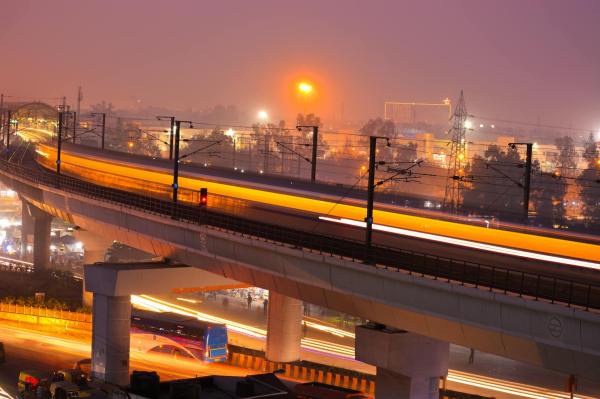Smart mobility can be defined as a new era based on innovative digital solutions that innovatively help to improve travel. A new reality that generates an enormous amount of data that, if properly managed, can be used to help mobility itself and even to create new businesses.
Some of the main points on which smart mobility is based are sustainability, efficiency and safety in order to, for example, optimise traffic and parking while offering multimodal or shared services to reduce emissions.
Thus, we are faced with a new type of mobility that is set to revolutionise the way we travel by providing sustainable and efficient solutions.
In urban environments, with the incidence of population growth in most of them, issues such as helping to decongest vehicle traffic has become a priority for the authorities, with different possibilities such as car sharing, greater encouragement and promotion of public transport, the growing incentive to use bicycles or the promotion of electric mobility.
The convergence between intelligent mobility and smart cities means that the former can provide a boost towards urban mobility characterised by efficiency, sustainability and a focus on people.
As Telefónica Tech reminds us, fluidity and sustainability have always been among the most important qualities of mobility in cities.
Examples of smart mobility
Smart mobility can affect both the purely urban environment, as we have seen above, as well as inter-urban travel. Let’s look at some examples of both types.
Smart tunnel
In the Spanish province of Lugo, the Cereixal tunnel was sensorised and fitted with 5G coverage in a move towards a smart road that communicates with connected vehicles and offers driving assistance.
This smart tunnel sends drivers information such as weather conditions at the tunnel exit, the presence of roadworks, accidents or slow vehicles, pedestrians or even oncoming vehicles.
Thanks to the specific capabilities for C-V2X (cellular vehicle-to-everything) vehicular communications and the IoT sensorisation and edge computing of the 5G network, the tunnel status is monitored, information is generated and sent to a monitoring tool so that infrastructure managers can visualise all the information collected.
Cybersecurity for connected mobility
In order to make 5G vehicular communications more reliable, secure and effective, cybersecurity for connected mobility is of great importance.
The combination of technologies such as 5G, C-V2X vehicular communications or cryptographic technologies to provide anonymous, interoperable and valid EU-wide cybersecurity certificates ensures the integrity of vehicular communications and trust between the different actors.
These cyber-secure communications enable value-added services to be offered to companies that require control of possession, consumption and traceability in driving, such as car rental companies.
Waste management
With the dual objective of both improving service quality for citizens and reducing the carbon footprint by optimising and minimising travel, innovative waste management is another way to support smart mobility.
Through advanced telematics, the management of waste collection vehicle fleets can be carried out in real time and thus provide strategic insights to aid decision-making.
This saves time and fuel and also increases the safety of operations.
Conclusion
As we have seen with some of the examples above, smart mobility can help in both urban and inter-urban areas to enhance certain issues such as safety and sustainability.
However, it seems more than evident that it will be in cities where this new reality linked to smart mobility will have the greatest impact.
The fact is that world population growth forecasts, together with the growing concentration of inhabitants who live – and will live – in cities, mean that different and alternative solutions are more than necessary to decongest these urban centres and, in this way, help to build friendlier and more liveable environments.









